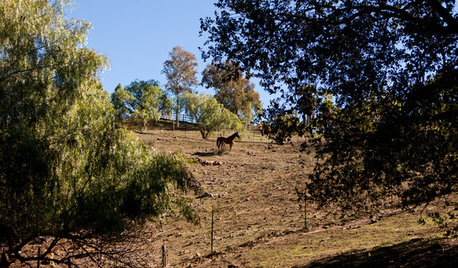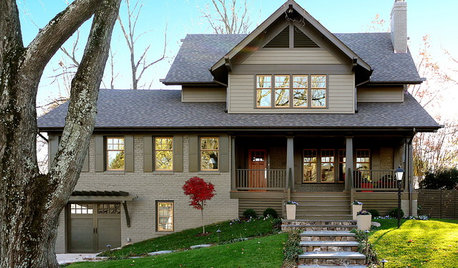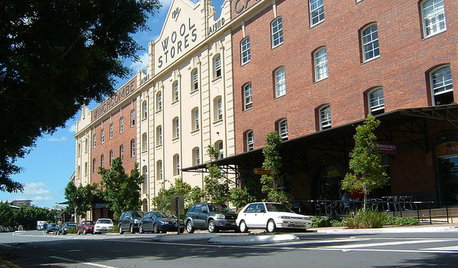Rescue me! Maple leaves withering and turning black
boo_lala
18 years ago
Related Stories

LIFETurn Off the Video Games and Turn On Your Kid's Creativity
Going nuts planning summer activities? Kids overdosing on screen time? It may be time to foster more self-directed play
Full Story
TRADITIONAL HOMESHouzz Tour: Historic Coastal Home Is Rescued From Neglect
A designer lavishes TLC on a splendid Normandy revival house in Laguna Beach, embracing its original style in the renovation
Full Story
HOUZZ TOURSHouzz Tour: Creative Design Moves Rescue an Island Cottage
Facing down mold and nicotine, two industrious Canadian designers transform an uninhabitable wreck into an artful getaway
Full Story
ARCHITECTURESaving Grace: Reconstruction Rescues a Michigan Barn
Working-farm rustic goes stylishly modern, thanks to the loving reinvention efforts of a determined homeowner
Full Story
ECLECTIC HOMESHouzz Tour: Design Harmony for an Animal Rescue Ranch
Once dark and slapped together, this Malibu home now has balance and connection while keeping its jeans-and-boots comfort
Full Story
FALL GARDENING5 Ways to Put Fall Leaves to Work in Your Garden
Improve your soil and yard the organic way with a valuable garden booster that grows on trees
Full Story
REMODELING GUIDESHouzz Tour: Turning a ’50s Ranch Into a Craftsman Bungalow
With a new second story and remodeled rooms, this Maryland home has plenty of space for family and friends
Full Story
HOUZZ TOURSMy Houzz: A Circle of Friends Turns a Dallas House Into a Home
Homeowners enlist help from friends to remodel, build an addition and decorate their home
Full Story
DIY PROJECTSTurn a Shipping Pallet Into a Stylish Ottoman
Get the step-by-step instructions for upholstering your own mod living room centerpiece
Full Story
INDUSTRIAL STYLEHouzz Tour: Wool Store-Turned-Apartment Gets a Glamorous Reboot
An industrial-style penthouse apartment in Brisbane, Australia’s historic Winchcombe Carson building is buffed to a high shine
Full StoryMore Discussions






tapla (mid-Michigan, USDA z5b-6a)
gardengal48 (PNW Z8/9)
Related Professionals
West Chester Landscape Architects & Landscape Designers · Tempe Landscape Contractors · Maple Valley Landscape Contractors · Brookline Landscape Contractors · Lynn Landscape Contractors · Mission Bend Landscape Contractors · Northbridge Landscape Contractors · The Villages Landscape Contractors · Hayward Fence Contractors · Hernando Fence Contractors · Hopkins Fence Contractors · Malibu Fence Contractors · Maynard Fence Contractors · Oceanside Fence Contractors · Woodinville Fence Contractorsboo_lalaOriginal Author
tapla (mid-Michigan, USDA z5b-6a)
gardengal48 (PNW Z8/9)